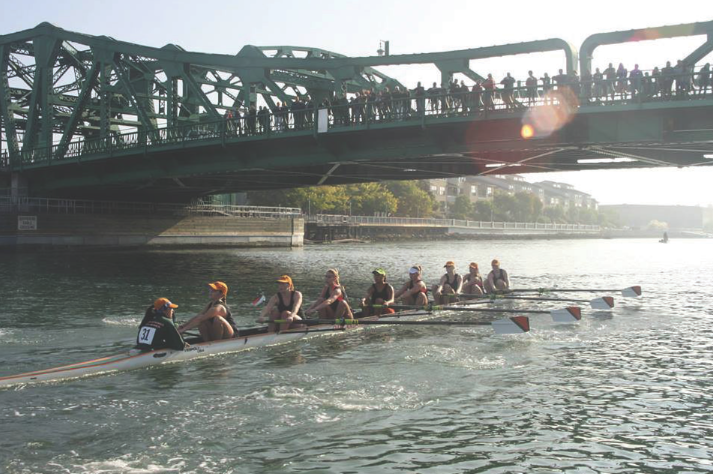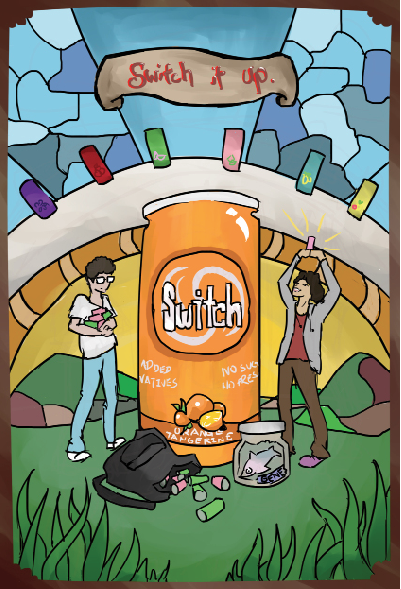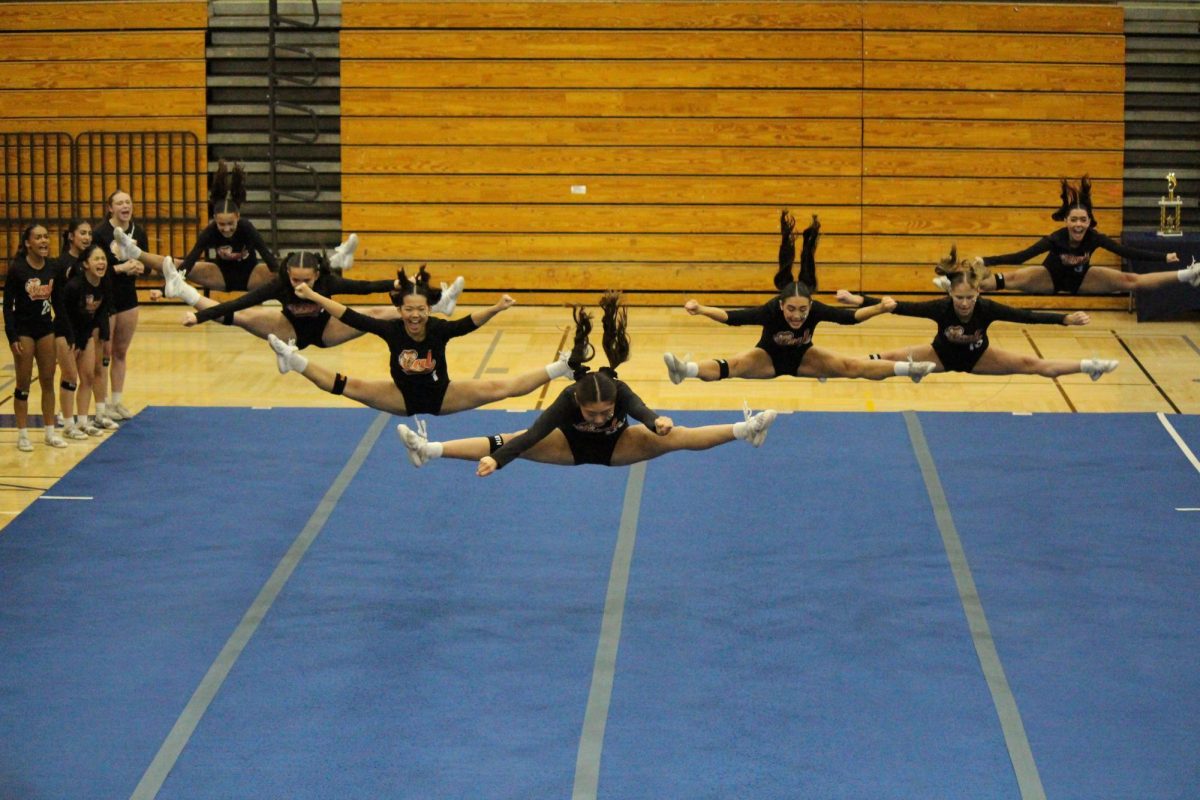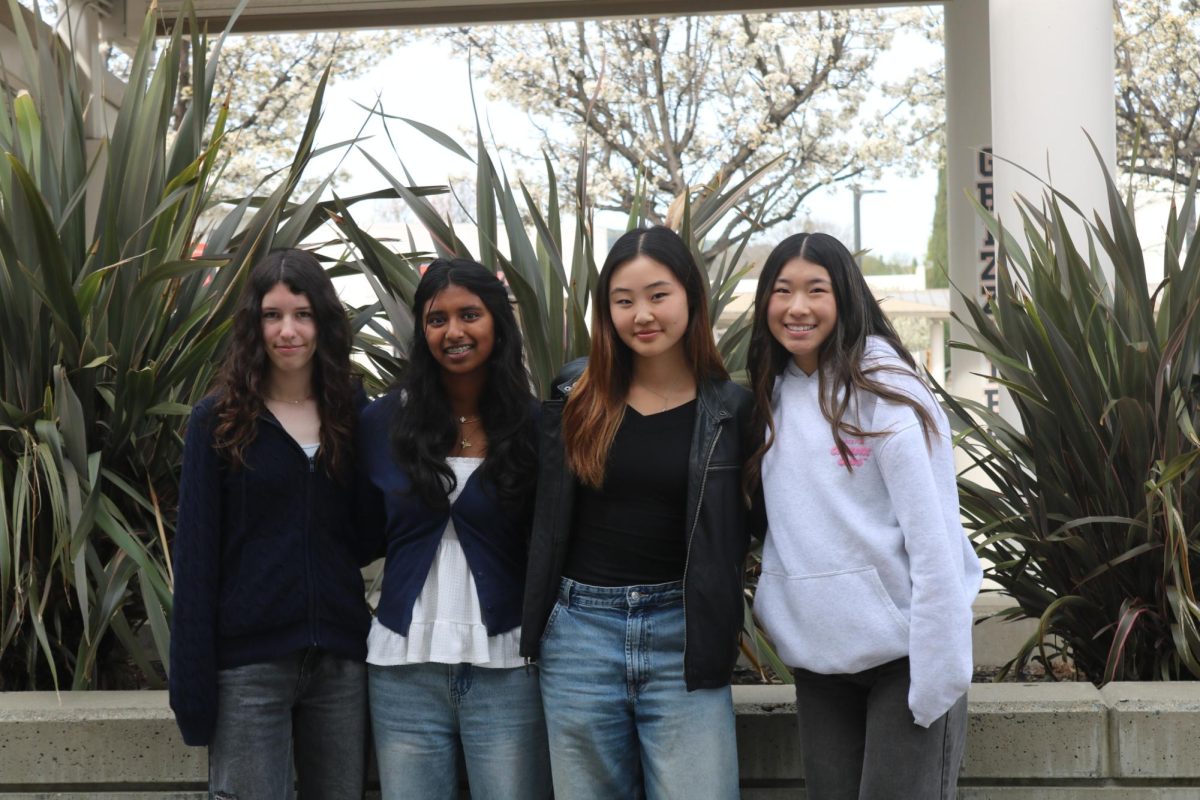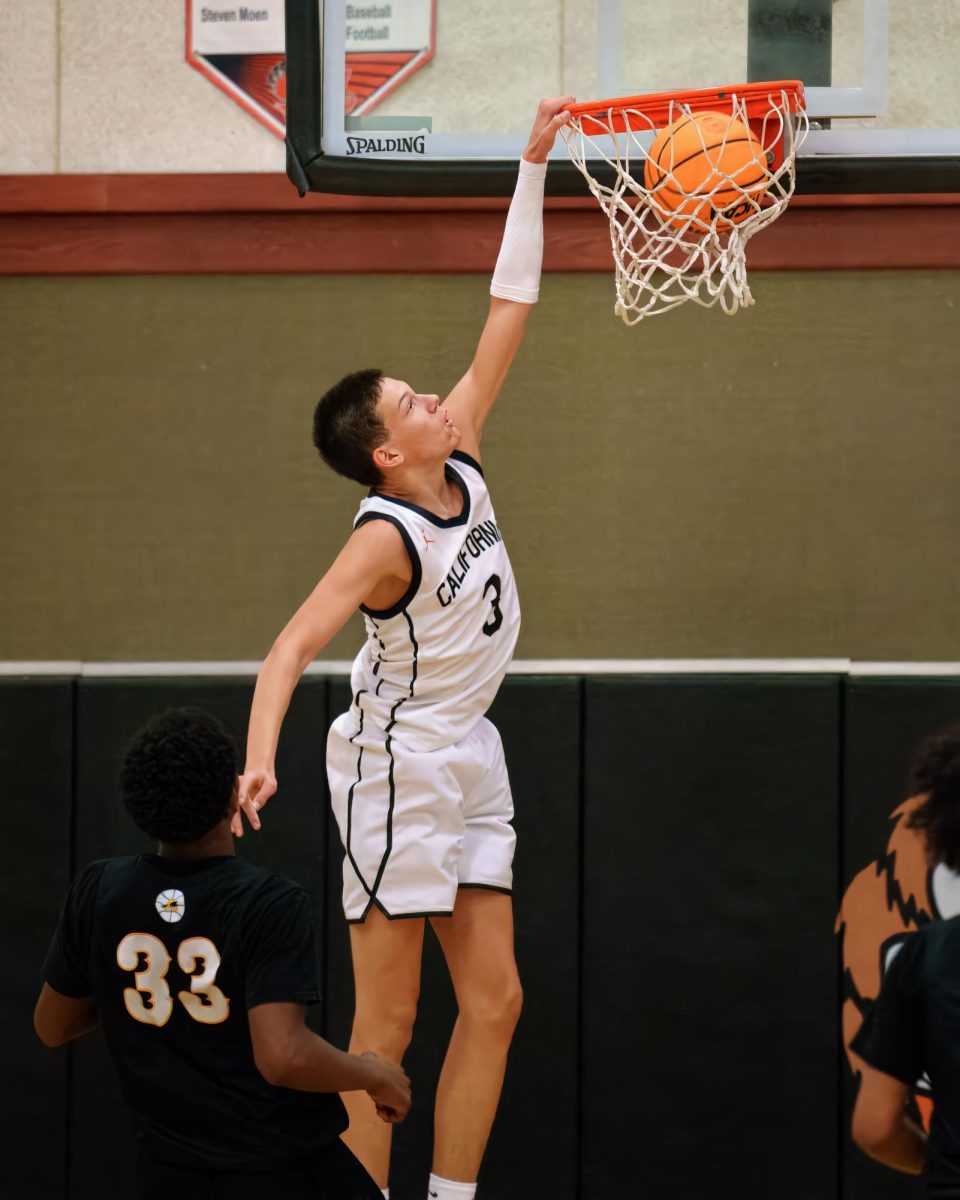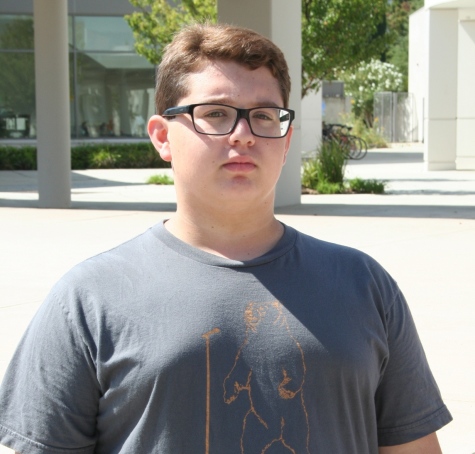Senior Nicole Valdez is an athlete in a sport most students have probably never seen.
Valdez has been a competitive rower for three years.
Rowing is a competitive Olympic sport in racing shells or fine boats. It is most prevalent on the East Coast, and most Ivy League schools have teams.
Its grueling pace has even caused some Olympic rowers to lose their senses during a race,. Throwing up after a race is not uncommon.
Valdez started rowing because one day her father saw a large group of high-school aged teenagers rowing around the Oakland estuary. He signed Valdez up the next day.
“Nicole had blisters after her first day,” said her mother, Simona Valdez. “I was very surprised she wanted to go back.”
Valdez now rows for the Oakland Strokes, a 39-year-old rowing club, which has about 200 members and is located on the San Francisco Bay in San Leandro. She is one of the eight women on her team who scull.
“Rowing is a combination of other sports,” says Valdez. “Except for ball games.”
Rowing is this way because everyone other than single rowers has to be part of a team, a group of up to nine people desperate to finish before the competition.
It is difficult sport because unlike most sports, Valdez uses all of her muscles in each stroke of the oar.
“Rowing is the most painful (of all sports),” said Valdez. “The lactic acid buildup and lack of oxygen is so painful.”
The equipment necessary to have a rowing team is the main reason it is such an elite sport. The ¼-inch-thick racing shells, which a team needs at least one of each kind for practice, can cost up to $80,000, and oars can cost as much as $400.
There are two main types of rowing: sweep rowing and sculling.
Sweep rowing has a rower using both hands on one oar, while sculling requires a rower to have their hands on two different oars on each side of the boat. Valdez rows both styles.
Valdez views her teammates as her family. They take care of each other and see each other at their most raw moments.
“We have to trust each other,” Valdez said of her teammates. “Trust is having faith everyone will pull (or row) their own weight.”
Many of Valdez’s teammates joined with the intent of being recruited by big-name universities, such as Harvard and Oxford, even though Valdez says UCLA and UC Berkeley have the best rowing teams in the country.
Valdez does not plan to pursue rowing in college, but she said she does plan on rowing again after college. She said owing has both helped and hindered Valdez’s academic performance.
Her rowing schedule is from 4-6:30 p.m. every weekday except Wednesday and 7-10:30 a.m. on Saturdays.
A normal practice starts with a 1.4 mile run to get rowers’ blood pumping before their strength, power and vitals are measured.
Rowers then proceed with a long series of exercises to ensure all their muscles are warmed up, including the walking cobra, high knees, and grape vines.
This rigorous schedule definitely cuts into Valdez’s homework time, but it has also forced her to be very organized and meticulous about her grades.
Her mother said the sport has made Valdez much more dedicated to getting things done.
“No matter how hard (a task) is,” Simona Valdez said, “she won’t quit.”
